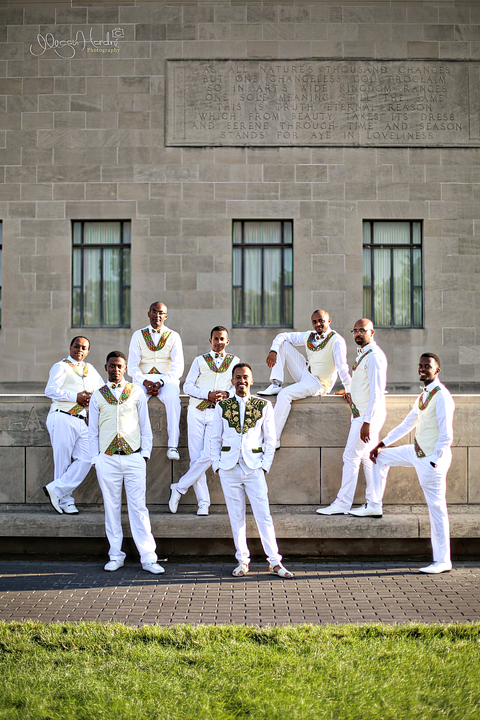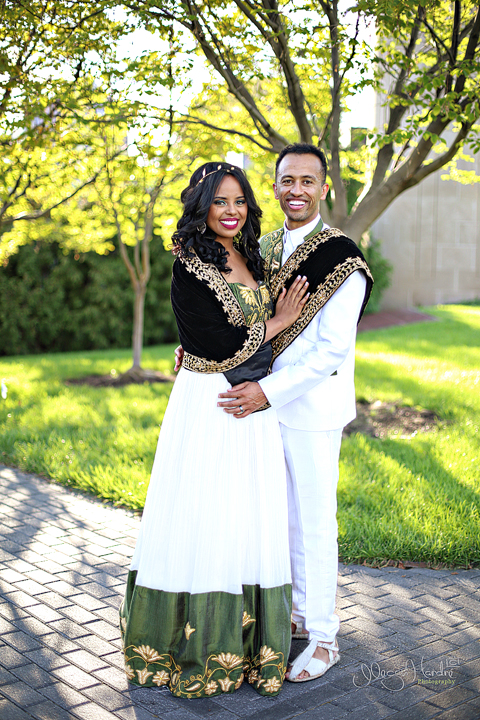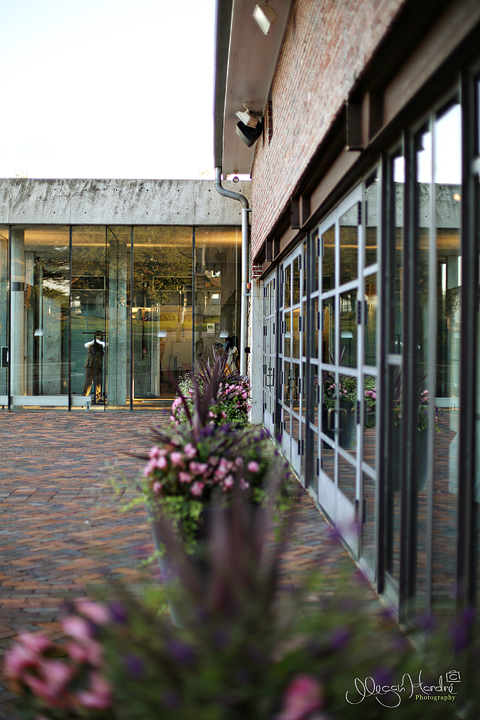(Post 2 of 2) I didn’t know what to expect for that Sunday’s gathering (the day after the official wedding ceremony) for our Ethiopian wedding weekend. I’m glad I didn’t read too much up on it before this weekend because it was incredible to experience it all first hand and without “expectation” and to be told all about it by my newly married friends and to see the excitement in their eyes to share their culture with me.
As you’ll see in the photos, the entire wedding party and guests were dressed in their traditional Ethiopian outfits called habesha kemis/libs. The kana is the black velvet cover the bride and groom wore. We took photos with just the bridal party downtown Kansas City to start off the afternoon, then we went to the dinner. Friends, I left in tears this night. Beyond being incredibly happy for my friend, experiencing these traditions and getting to know these close family members to my friend was such a gift. I was there to work, but I was given the gift of this experience and that’s priceless. Let me tell you what happens at this dinner. It’s not just a random gathering.
On the second day after the wedding ceremony (which was this day), the couple dresses up in their and head to the place where their parents have chosen to host the ‘Meles’ (post-wedding party). This evening event is for close family only, and involves bread cutting and giving the bride a nickname. The entire gathering of 120 people vote on the nickname for the bride. Every couple must have a Meles, as the entire Ethiopian cultural wedding ceremony is incomplete without it. In this ceremony, they hid money in the bread and the groom gets to keep it. You’ll also notice all the lovely colors in their habesha kemis/libs and how some match. Each family/person gets theirs custom made before the wedding. Families are matching in their detailed colors. The bride and groom designed theirs and had it made in Ethiopian in May. The entire evening was filled with amazing Ethiopian food, laughter and very playful traditions. What a lovely gift.




























